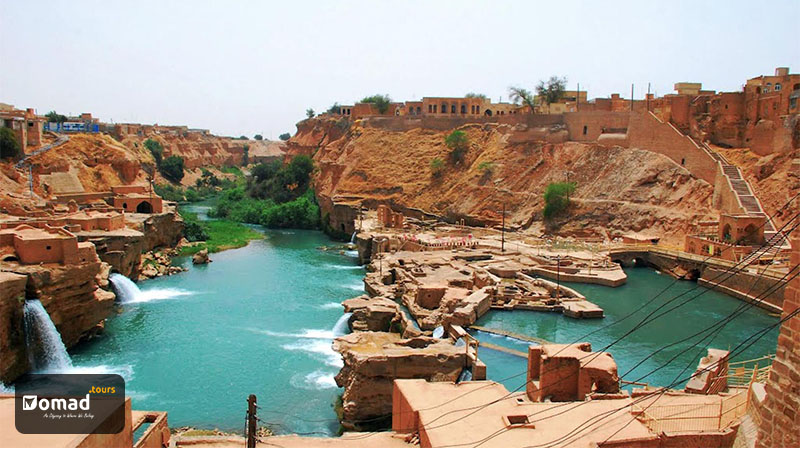Iran has diverse natural vegetation and culture where any hiker can find something suited to his/her preferences. Some hike for the beauties and wonders of nature, in contrast, some prefer to investigate through cultures and history of ethnic communities. Top Hiking Trails in Iran describes different hiking destinations of Iran for various purposes and personalities.
Surely it can be hard to somehow label and separate these purposes and they somehow overlap. But for your comfort, we tried to categorize hiking destinations of Iran it in a way you find it helpful. After searching for a while, we ended up in three main purposes; In Iran, people mainly hike to:
- See natural beauties (Forests, Deserts, Mountains, & Caves)
- Investigate undiscovered cultures and histories (Castles, Persian Qanats, Historical Sites)
- Make both goals meet (All in one; Beautiful Sceneries, Cultures, & History)
I. Natural Beauties
A. Hiking in Forests – Top Hiking Trails in Iran
There are different vegetations in Iran which you can enjoy hiking in. North of Iran is pretty famous for its jungles and forests. Here are some of Iran forests which almost every hiker would love:
Caspian Hyrcanian Forests
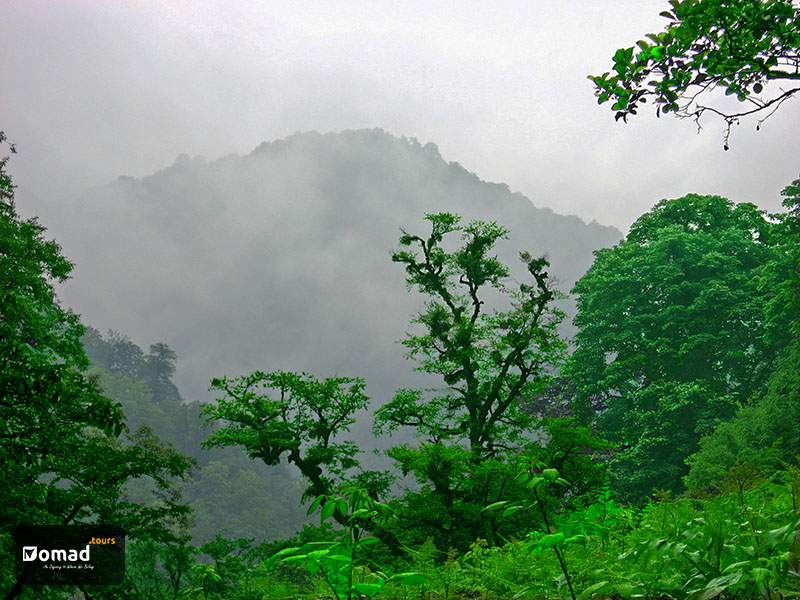
Hyrcanian Forest
Located in southern shores of Caspian Sea, Hyrcanian Forest is a hiking destination for a lot of adventure seekers in the world. The area has a length of 800 kilometres and a width of 20-70 kilometres. The forest starts from Astara in the northwest of Iran and ends in Bojnourd. Being in the middle of the Alborz Range and the Caspian Sea, it has a history of 40 million years which lead having endemic animals and plants as well.

Talesh Mountains 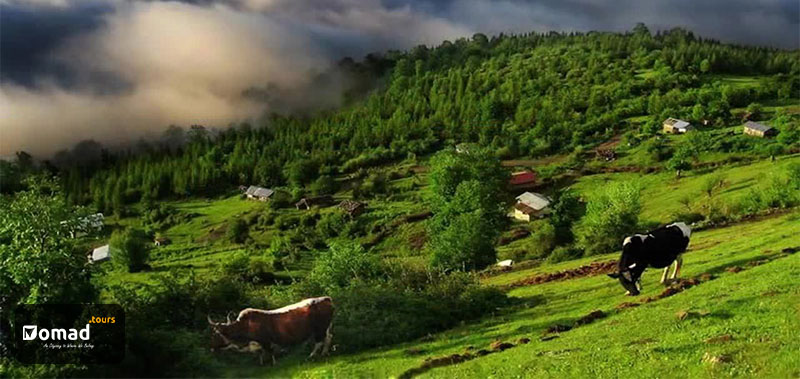
Talesh Forest
Talysh Mountains is one of the wonders of this forest. You will encounter a forest, before coming upon a meadow. It is a beauty lost in mist which is brought from the Caspian Sea. From Soubâtân village, which is full of flowers, you can hike to Abbas Yurdi and the foothills of Baghro Dagh at where you can see nomadic tents. If you visit this place at the time of nomad’s migration, you will be shocked by the wonders of their life.
Golestan National Park and Shastkolateh Forest watershed are also in these forests. In Talesh County you can find the amazing Gisum Forest Park in Guilan Province.
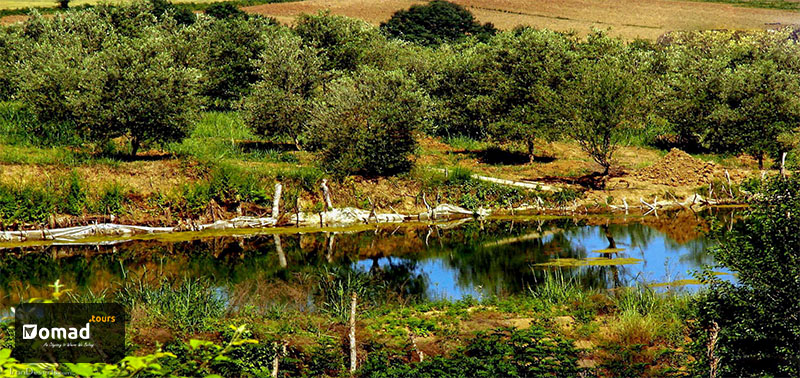
Golestan National Park 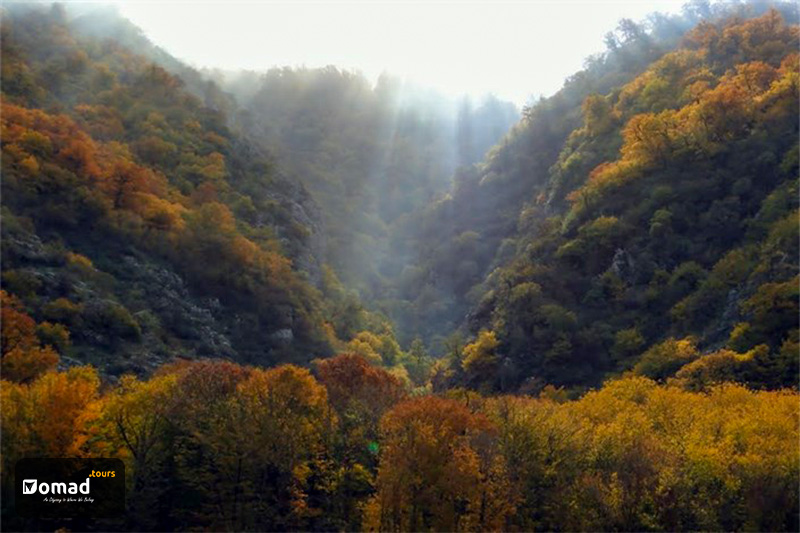
Golestan National Park
It has been inscribed as a UNESCO World Heritage Site on July 5th, 2019.
Arasbaran Forest
Located in the north of East Azerbaijan Province also known as Ghare Dagh. The area is bigger than 20 hectares. Some consider Arsbaran as a subset of Hyrcanian Forests but since they have different vegetation, specialists believe that they must be considered separately. In the south of Aras River, you can see the amazing Arasbaran forest with a variety of animals and trees. One of the features of this forest is the mountains surrounding the forest, as a result, makes it a top destination for hikers and trekkers.
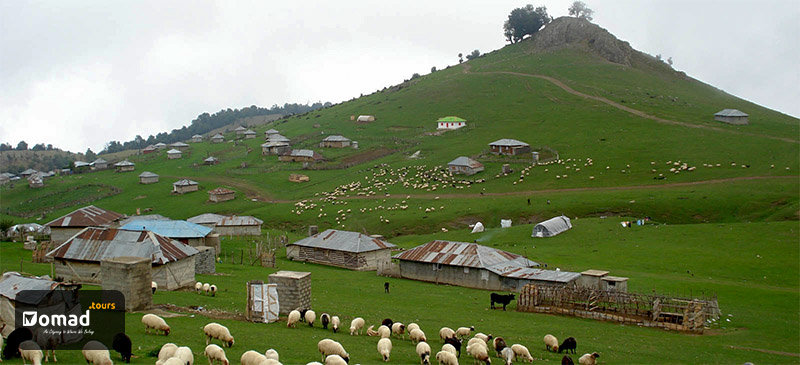
Arasbaran Forest
Zagros Forests
Zagros is a mountain range in the west of Iran. It has a great forest with mostly oak trees which is why the forest is also known as “Oak Forest”. These mountains cover an area of 6 kilometres. It has an untouched nature that results in being an off the beaten path for adventure seekers in Iran.
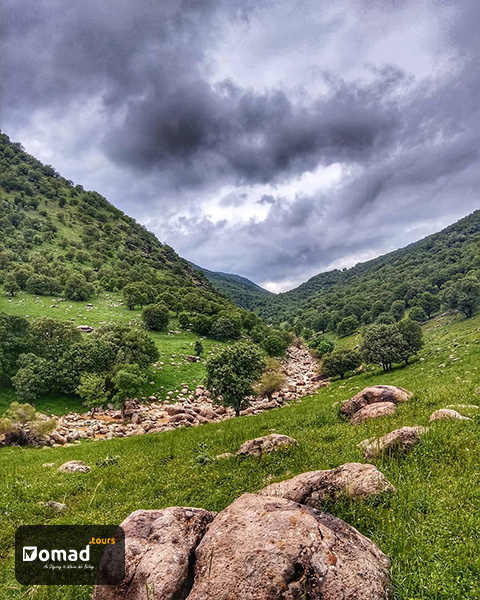
Zagros Mountains 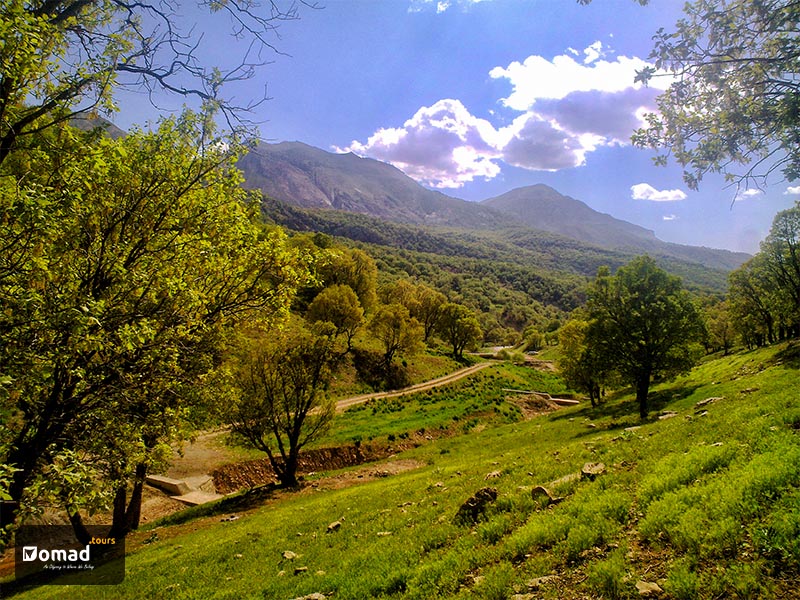
Zagros Mountains 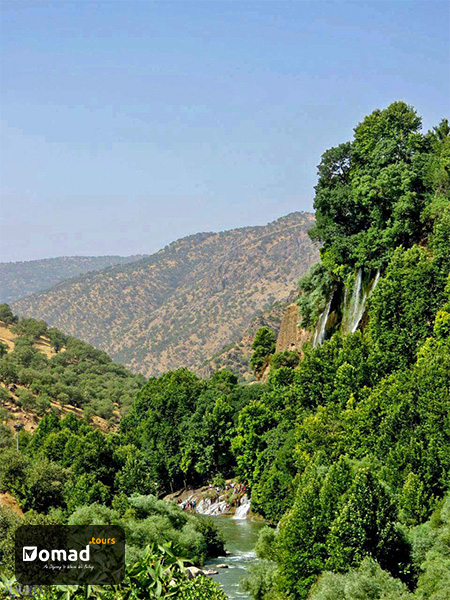
Zagros Mountains
Forests in the north of Iran
These forests have a lower density in comparison to Hyrcanian Forests. But it has a whole different vegetation. Mangrove forests of Qeshm or Hara are some the great examples of these forests.
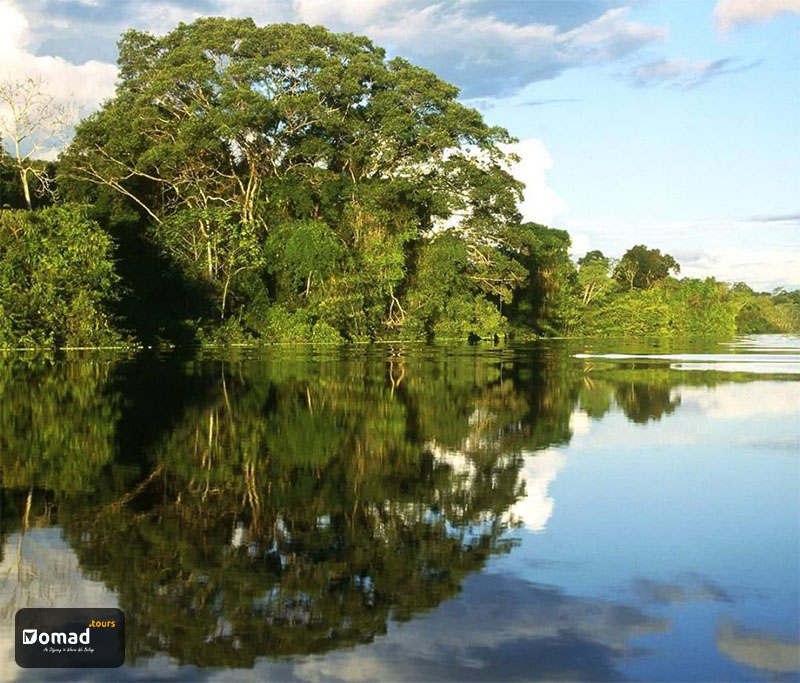
Hara Forests of Qeshm 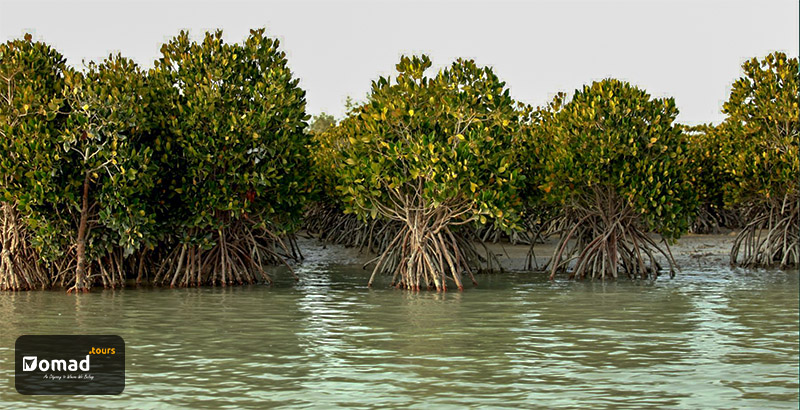
Hara Forests of Qeshm
As mentioned above, Iran with its various natural vegetation and culture attracts hiker and adventure seekers with different tastes and interests. Each can find something so interesting due to their preferences for hiking in Iran. For which aim do you prefer to hike? Wonders of Nature? History & Culture? Or prefer to have both in a hike?
B. Hiking in Mountains – Top Hiking Trails in Iran
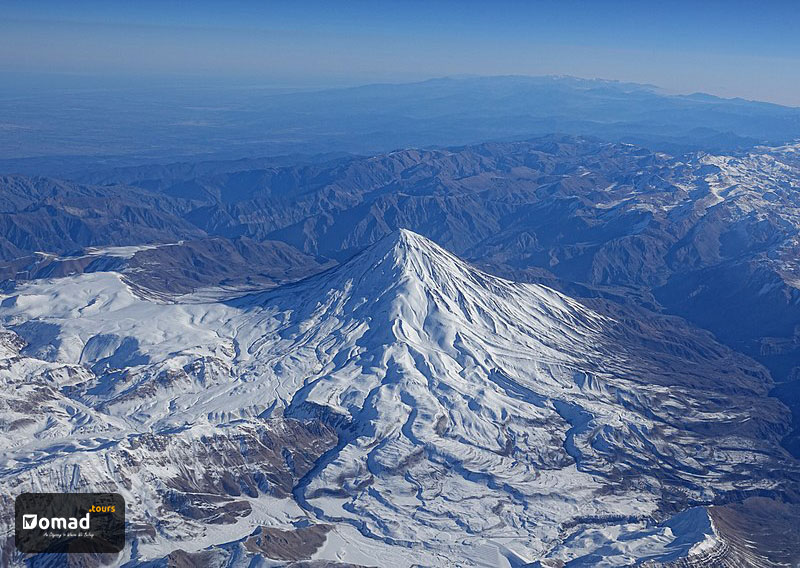
Mount Damavand – Highest Peak in Iran
- Damavand is the highest peak in Iran which is 5671 meters above sea level. It is the highest peak in the middle east and the second-highest volcano in Asia. This trekking destination is located in Mazandaran Province in Alborz Range, Damavand is still active.
- Sabalan (Savalan) in Alborz Mountains Range within a 4811 meters’ height is located in northwest Iran close to Meshginshahr and Ardebil. It is the third highest mountain in Iran. Sabalan is along the Arasbaran peaks. This mountain is famous for its hot springs and valleys. Sarein and Shirvan Dareh are some to mention which makes it an interesting trekking trail in Iran.
- Alam Kuh is the highest peak of Takhte Soleyman Range within 4850 meters heigh above sea level.
- Zard Kuh located in the Zagros Mountains and is named for its yellow soil (Zard in Persian means yellow). Kolunchin the highest peak of Zard Kuh is 4221 meters high. Bakhtiari Nomads live in Zardkuh and have their summer and winter migrations in that area.
- Sahand Mountain: Despite most mountains of Iran which are made of stone, Sahand Mountain is almost soil. That is why Liqvan (Lighwan) Village in this area has the best cheese. Kandovan –with cone-shaped homes- carved into the mountains- is close to this peak

Sahand Mountain
If you are about hiking in Iran Mountains (especially in fall and winter), we do recommend you to read Tips for Trekking in Cold and Dry Climates.
C. Hiking in caves – Top Hiking Trails in Iran
Iran has also so many amazing caves to hike through. So many adventure seekers come to Iran to investigate the beauties of Iran caves. Ali Sadr, Chal Nakhjir (Nakhcheer), Shapour, Katalekhor, Chama Ice, Ghoori Ghaleh, Danial, Karaftu, Sahulan (Saholan), are some to mention.
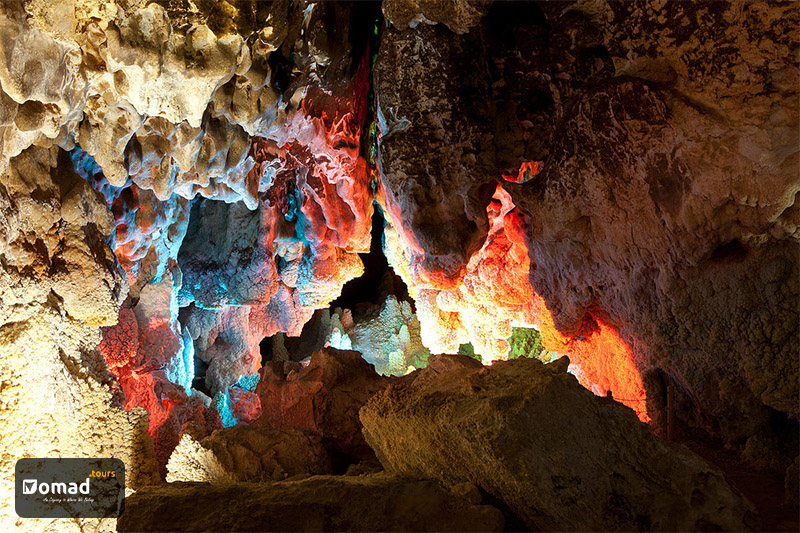
Chal Nakhjir Cave (Nakhcheer)
D. Hiking in Deserts – Top Hiking Trails in Iran
Iran Deserts are arid and hot areas with amazing sceneries. According to research by a team at the University of Montana that used data from the United Stated’s Geological Survey’s Landsat satellites, Lut Desert in Iran was certainly the hottest place on earth. Iran deserts include almost 60% of Iran’s area.
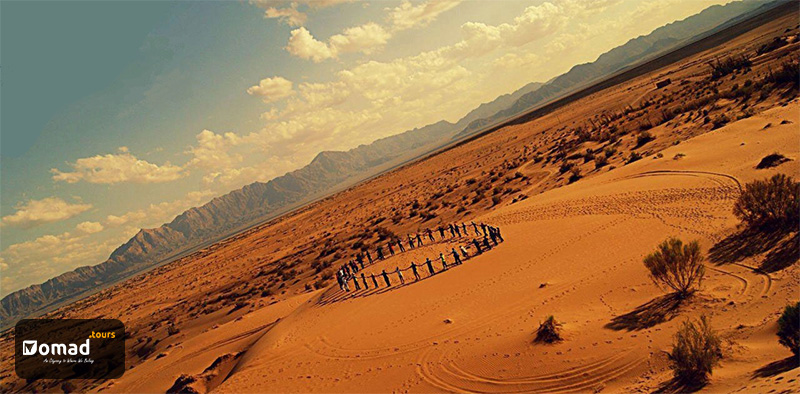
Mesr Desert 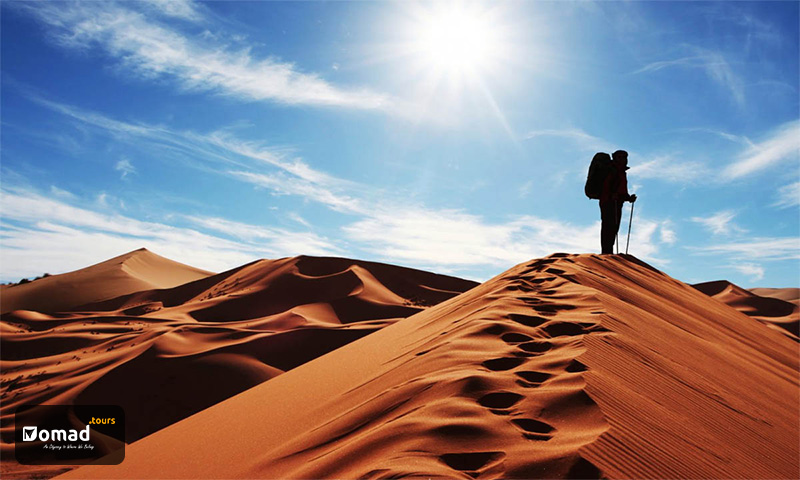
Mesr Desert
- Dasht-e-Kavir also is known as the Great Salt Desert is the largest desert of Iran located in the north of Dashte Lut. It is mostly covered by sand and pebbles. Consequently, it is windy and stormy.
- Lut Desert in which a large amount of sand is moving southward that forms different types of sandhills. Above all, it is the largest pit in Iranian Plateau and is formed by broken layers of the earth.
- Mesr Desert is a well-known and famous desert in Iran close to Khoar & Biabanak. Its amazing sand dunes makes it a scenery. You can enjoy the moonlight and also enjoy camel riding during the day.
II. Undiscovered Cultures & Histories
The off the beaten hiking routes in Iran attract hikers and adventure seekers from different parts of the world to investigate through Iran’s destinations. There are different natural, historical and cultural places to hike through. Therefore we will be focusing on Cultural and Historical Sites for hiking and see if there is any possibility to have all three (nature, culture, and history too) in one?
- Historical Sites: Alamut is a region in the western edge of Alburz range in Iran between Qazvin and Guilan. Alamut Castle was seized as a mountain fortress under the leadership of Hasan-i Sabbah [1].
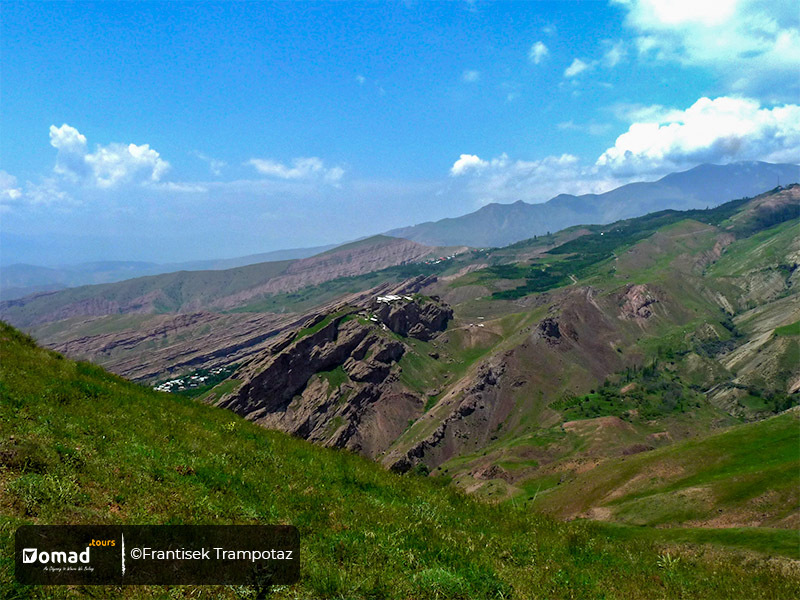
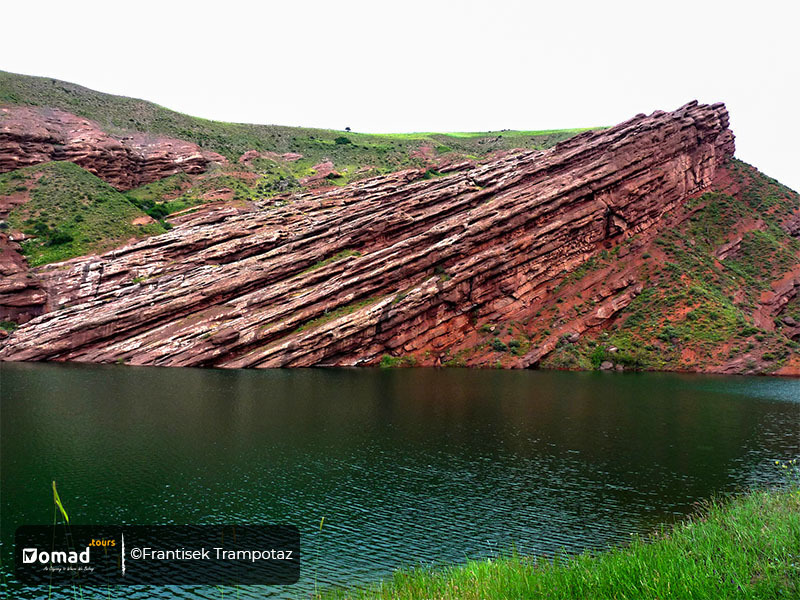
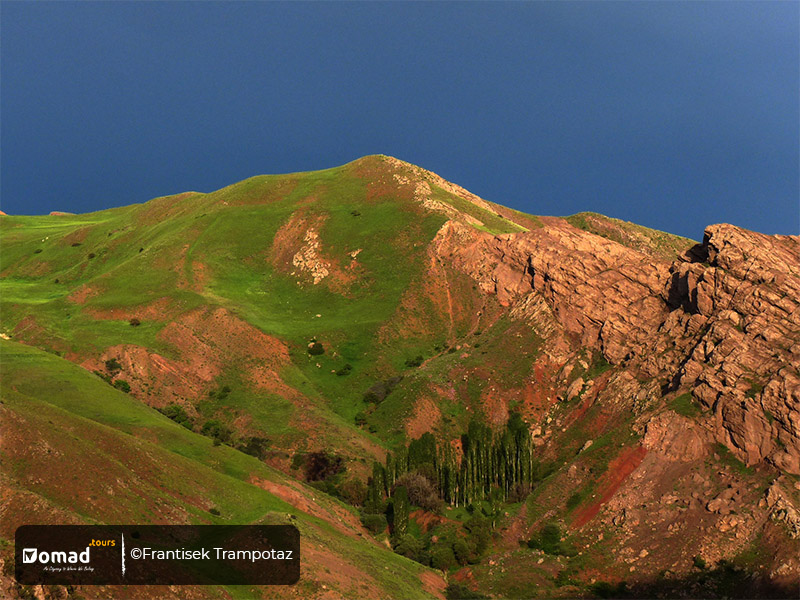
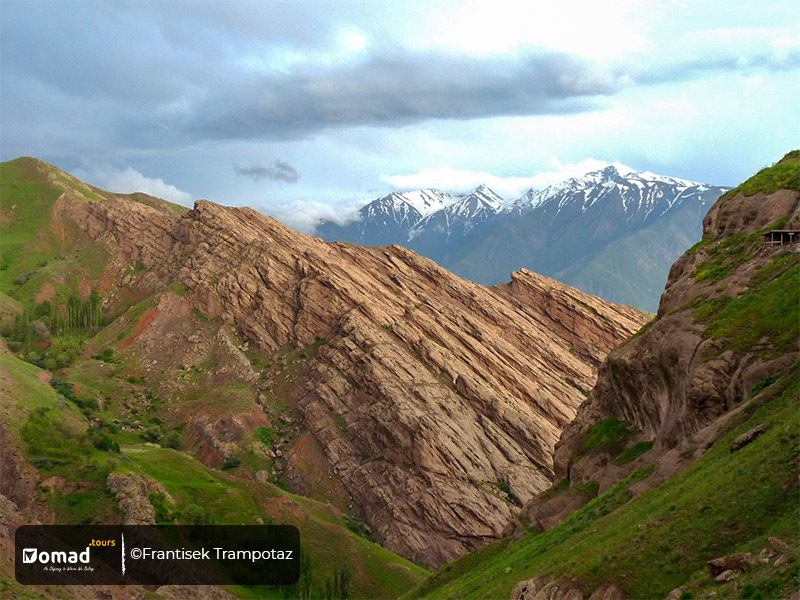
Alamut Valley
- Iran Qanats: There are so many Qanats in Iran. Qanat is an ancient water system which brings out the underground water to the surface. Its wonderful structure has surprised so many archaeological researchers. You can find so many qanats in deserts of Iran. Since underground water has been decreased, some of the Qanats are dried. So some love to trek through the Qanats’ routes and investigate their architecture and engineering.
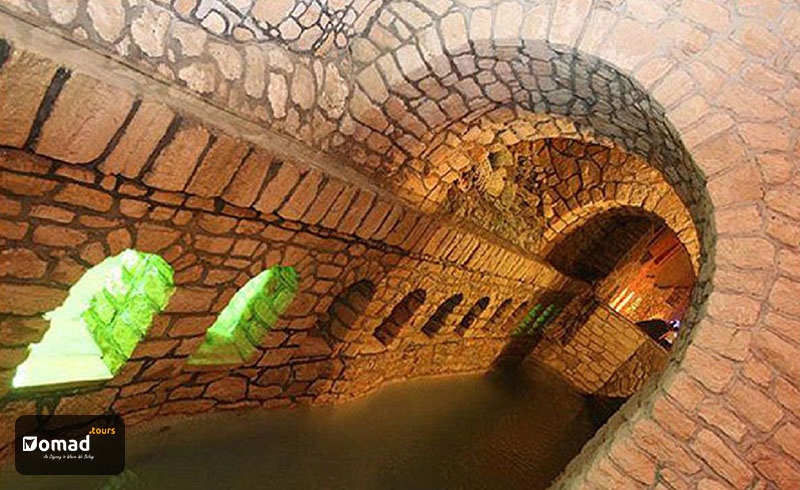
Zarach Qanat (Zarach Aqueduct) in Yazd
- Ghlae Rudkhan (Rudkhan Castle) It is a brick and stone fortress. It was built to defend against Arabs in Sassanian Era.

Ghale Rudkhan 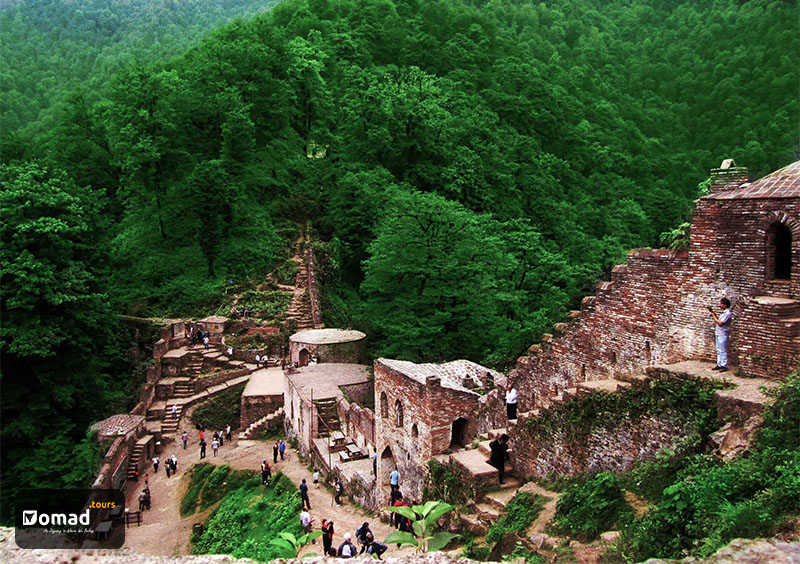
Ghale Rudkhan 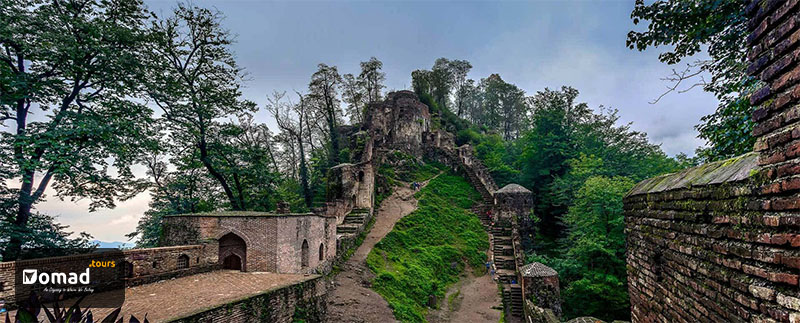
Ghale Rudkhan
- Dezpart Steps (Khoda Afarin) Khoda Afarin bridge is a natural path in the south of Bazoft in Koohrang district. it was naturally made when the cliffs of the neighbouring mountain fell down over Bazoft river. During Safavid & Ilkhani dynasty, a rocky path of 52 stairs was made, so that the Nomads could pass it while they were migrating. For years and years, Nomads have been using this stepped route. It makes it a wonderful untouched path for adventurers.
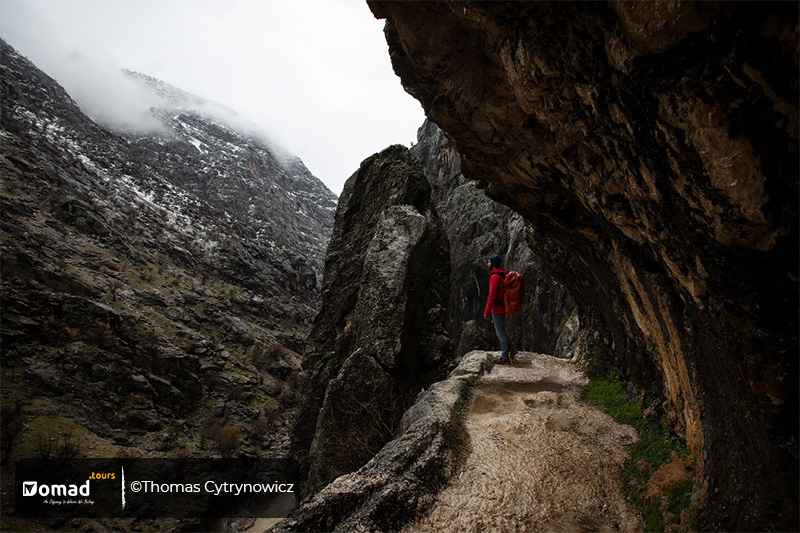
Dezpart Steps in Bazoft
- Kaleibar (Ghale Babak) In Arasbaran Forests, there is this citadel called Babak Fort. It was the stronghold of Babak Khorramdin, the leader of the Khurramites in Iranian Azerbaijan. He fought the Islamic caliphate of Abbassids. [2]
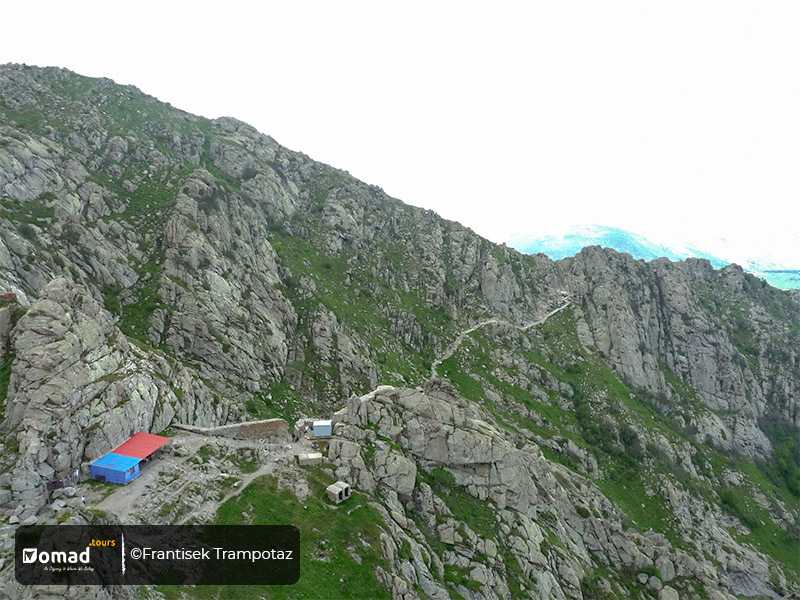
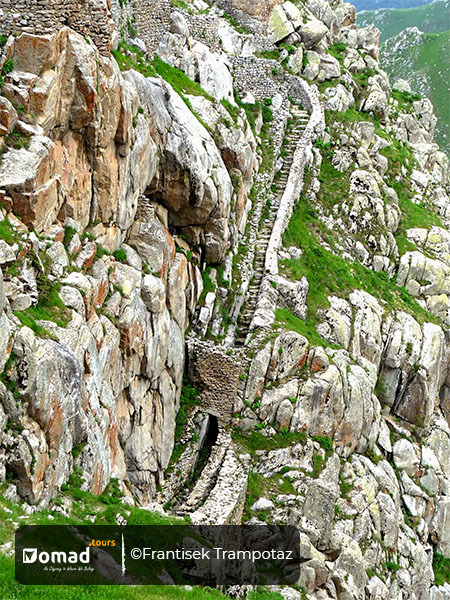
Babak Castle 
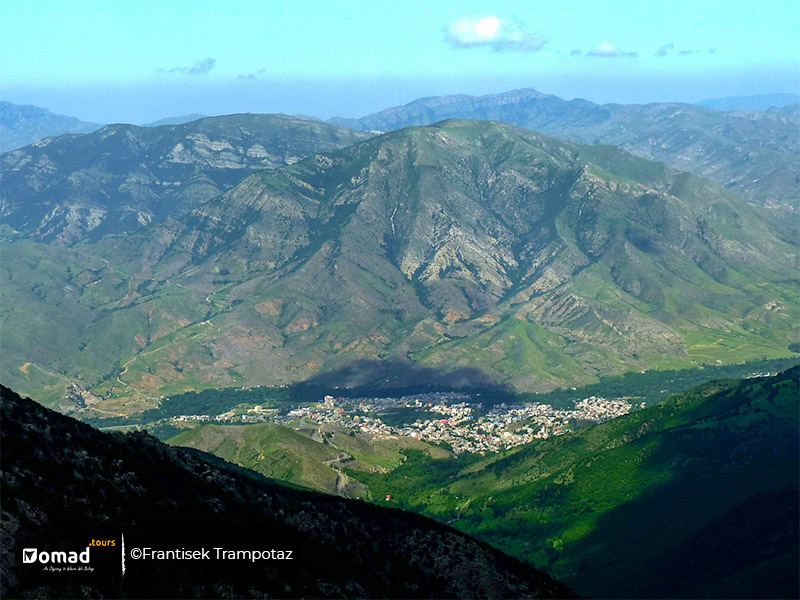
Kaleibar
- Shushtar Historical Hydraulic System in 2009, it was registered on UNESCO’s list of World Heritage Sites. This structure consists of water mills, dams, tunnels, and canals.
III. Nature, Adventure, People, and History All in one.
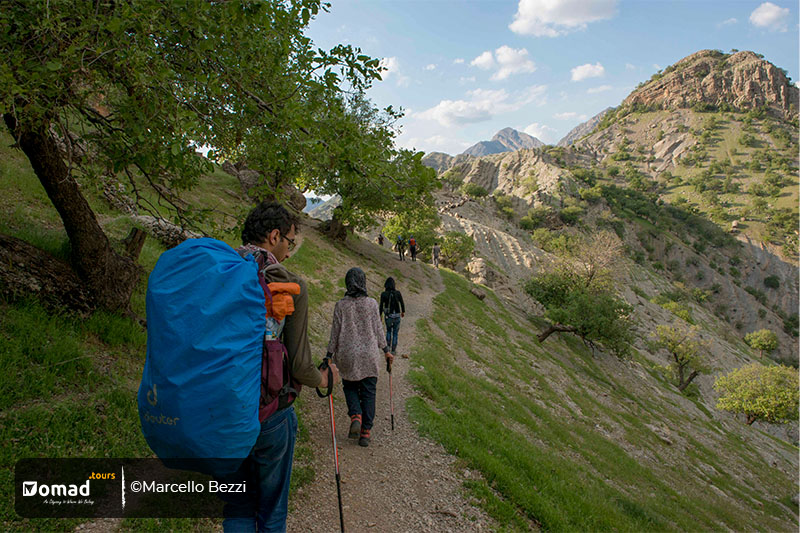
Hiking in Zagros Mountains
Surely those two types can become inseparable sometimes. But if you are aiming to hike in Iran and prefer an untouched destination, we do recommend you another form of hiking in which you can both enjoy the beauties of Iran nature and get in-depth touch with a unique culture which is about to extinct.
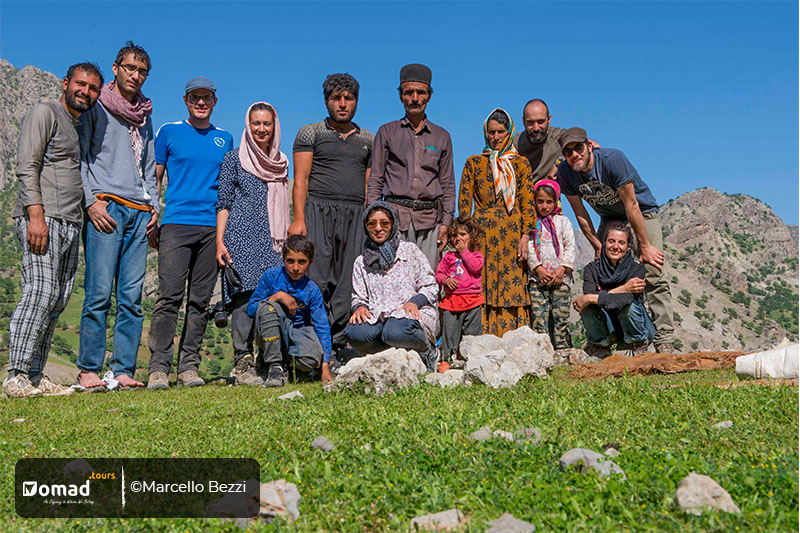
Bakhtiari Nomads – Investigating through Zagros Mountains
Nomadism is somehow an untouched and also undiscovered culture of Iran. There are different nomadic tribes spread in all parts of Iran. About 50 years ago, nomads were about 25% of Iran’s population. But this percentage has been decreased to 1.5% at the time. On account of the difficulties of their lifestyle, Persian nomads’ unique lifestyle is about to fade away. There are different nomadic tribes including Bakhtiari, Qashqai, Turkoman, Shahsavan, and etc. A few of them still migrate on foot, like Bakhtiari Nomad in the heart of the Zagros. Accompanying nomads while their epic migration can be also a unique once-in-a-lifetime opportunity for hikers. Not only to see the great sceneries and untouched places but also to deep into a culture and history which is about fading.
But before starting any hiking or trekking, we would suggest you read Right Eating Habits While Trekking.


